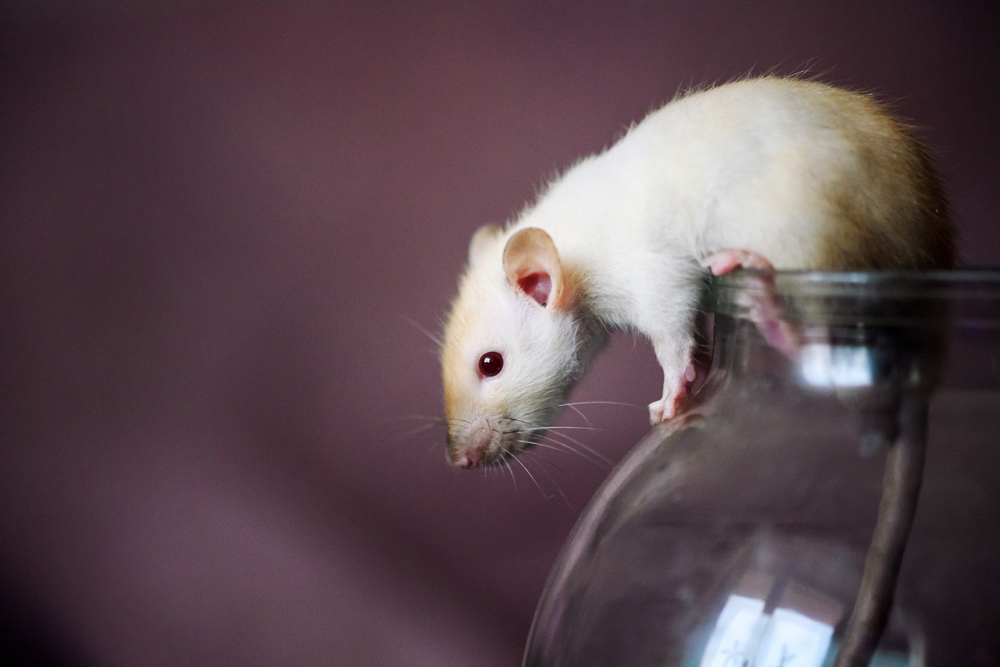Early Spinal Cord Damage Found in Infantile Batten Disease Mouse Model
Written by |

An examination of the spinal cords of mice that lack the PPT1 protein, the underlying cause of infantile Batten disease, revealed the loss of specific neurons, evidence of inflammation, and walking abnormalities that started early during spinal cord development, a study reports.
These findings support the identification and treatment of children with infantile Batten disease before the appearance of symptoms.
The study, “Spinal manifestations of CLN1 disease start during the early postnatal period,” was published in the journal Neuropathology and Applied Neurobiology.
Infantile Batten disease, or CLN1 disease, is caused by mutations to the PPT1 gene, which provides instructions for making the PPT1 protein that normally removes fats — called long-chain fatty acids — from certain proteins, which helps break down the proteins.
The mutations lead to a loss of PPT1 protein, resulting in the buildup fatty waste deposits called lipofuscins in the cells of the eye, brain, spinal cord, as well as muscle, skin, and many other tissues, resulting in cell death at a very early age.
Symptoms appear between the ages of 2 and 24 months and are characterized by a lack of weight gain, seizures, and motor ability loss. Currently, there are no effective therapies for infantile Batten disease, apart from managing symptoms.
Studies have identified significant spinal cord damage (pathology) in CLN1 children, but how these changes occur in the early stages of the disease is poorly understood. As such, an analysis of cellular and molecular changes as a result of PPT1 deficiency in its initial stages is key to designing effective therapies.
To this end, researchers based at the Washington University in St Louis conducted a detailed analysis of the spinal cords of mice that were deficient in the PPT1 gene in the early stages of life. The results were compared tWashington University in St Louis o the spinal cords of healthy mice.
These mutant mice mimic most of the human symptoms, including shortened lifespan (typically 7.5 to 8 months in mice), visual defects, seizures, and walking (gait) problems later in disease progression.
They also show pronounced buildup of auto-fluorescent storage material (AFSM), a component of lipofuscin, and activation of brain immune cells called microglia, which proceeds a loss of nerve cells (neurons) in the brain and retina in the eye.
An investigation of the spinal cords at two months of age found a significant reduction in spinal interneurons — nerve cells that relay signals between sensory neurons and motor neurons. There were no signs of loss in other types of spinal neurons.
Early alterations in the production of nerve cell signaling molecules known as neuropeptides were found to parallel the onset of interneuron loss. The buildup of AFSM, a characteristic hallmark of CLN1 disease, did not occur in the mutant mice spinal cords until three months.
An examination of immune cells, including microglia, found they were activated in the spinal cord during the very early stages of the disease, as early as 1 month old, which is at least two months earlier than previously reported. Furthermore, there was a dramatic increase in white blood cells known as CD4 and CD8 positive lymphocytes at three months.
Accompanying the changes in immune cells, immune signaling proteins, known as cytokines, were increased starting at 1 month of age compared to healthy mice, which matched the “onset of microglial activation at this timepoint.”
During the growth of healthy mice, the volume of the spinal cord increases from birth to three months. While the spinal cords volumes of the mutant mice were the same as healthy mice at one month, the mutant mice’s volume was significantly lower than healthy mice from 2 months of age onward.
Further experiments found altered development of neurons called oligodendrocytes, which provide support and insulation to nerve fibers, explaining the loss of volume in the spinal cord.
A walking test at 1 month old found no differences between mutant mice and healthy mice. However, at 2 months, the mutant mice outperformed the healthy mice, sooner and taking larger steps, which normalized by 3 months. Beyond that, the mutant mice progressively declined across all walking parameters.
To investigate whether the early walking alterations were sustained over more extended periods, the team assessed one-hour motion activity focusing on mice at 1, 2, and 3 months. The mutant mice covered significantly lower distance, fewer steps, and a more significant number of rests over one hour than healthy mice at all development points.
An analysis of a video of an infantile Batten disease patient’s walking abilities found early motor abnormalities at 2 years-4 months of age, which showed a non-rhythmic gait, with periods of pausing followed by faster-than-usual walking in an uncoordinated manner. This observation was consistent with that of the mutant mice in this study.
“Our data place the onset of selective neuron loss, a neuroinflammatory cascade and gait abnormalities all starting during the period when the spinal cord is still developing,” the researchers wrote. “Our data suggest that postnatal maturation appears impaired, and there may be an interplay between neurodegeneration and developmental processes that has so far been underappreciated.”
“These data highlight the need to initiate therapy as soon as possible, and while this is feasible in a mouse model, this has important implications for identifying and treating CLN1 children while they are presymptomatic,” they added.




